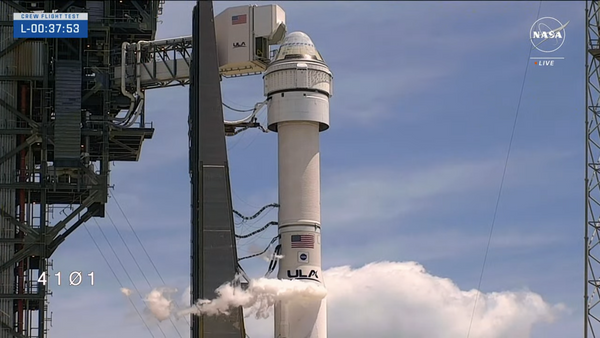Between summer and monsoon, many varieties of seasonal fruits hit the market, and one among them is the jamun fruit (nerale hannu). Famous for its various health benefits, the fruit was usually sold at prices ranging from ₹150 per kg to ₹350 per kg. However, this year, farmers have reported that the price has touched its lowest in recent years, with some of them have even sold the fruit at even ₹30 per kg.
In 2022, the average price of jamuns was around ₹180 per kg in wholesale markets, farmers reported. On most days, ₹200-250 per kg was the selling price. This year, the average has come down to ₹50-60 per kg, they said. In retail markets, the fruit is selling at ₹80-₹120 per kg.
“The season of jamuns is just 25 days between June and July. The minimum output from an orchard per day will be around 250-300 kg. I sell my fruits to HOPCOMS, but sometimes, I would be left with 70-80 kg of jamuns,” said Shankar Srinivasaiah, a farmer from Gauribidanur in Chikkaballapur district.
Like with any crop this year, even jamuns were affected by unseasonal rains. Yet, the supply to markets has exceeded demand. Farmers blame the influx of fruits from neighbouring States for the surplus in the market. According to them, a large quantity of jamuns come to Bengaluru from Andhra Pradesh and Tamil Nadu. Previously, the markets used to be dominated by jamuns from Belagavi.
“In those states, the selling price will be much lesser than what it is here. So, even with transportation costs, they will end up making a profit of around ₹10-15 per kg. Hence, they sell at lower prices. Due to this, many consumers end up buying their jamuns, and what we grow here remains unsold,” Mr Srinivasaiah said.
Both country and hybrid variety jamuns are grown in Karnataka by hundreds of farmers. According to Srinivas Reddy, a farmer from Chintamani in Kolar district, the cost of harvesting jamuns from trees is almost equal to 30-40% of their income from selling the fruit. Farmers spend close to ₹50,000 on labour in an average orchard while there are also other costs like manure, pesticides and pest traps.
Demand for procurement and processing units
The shelf life of jamuns is around two days at room temperature, and a maximum of five days inside a refrigerator. This has forced farmers to sell the fruit at very cheap rates after two days of harvest to cut their losses. To avoid tonnes of fruit going to waste, farmers have been asking the government to set up a procurement unit as well as juice extraction units, similar to the ones for mangoes.
“Jamuns are very beneficial for health, as they contain many useful minerals. They are also good for diabetic patients. If they provide us with infrastructure, the juice from jamuns can be extracted during the season, and it can be sold throughout the year. It will benefit farmers and juice manufacturers. No private entities have shown interest so far to set up juice extraction units. We hope the government takes some step in this direction,” Mr. Reddy said.
K. P. Mohan Raj, Principal Secretary, Horticulture Department, said, “We will definitely help these farmers. We will study the issue, and take it up with the Horticulture Minister and the State Government. Then we will take suitable action.”







